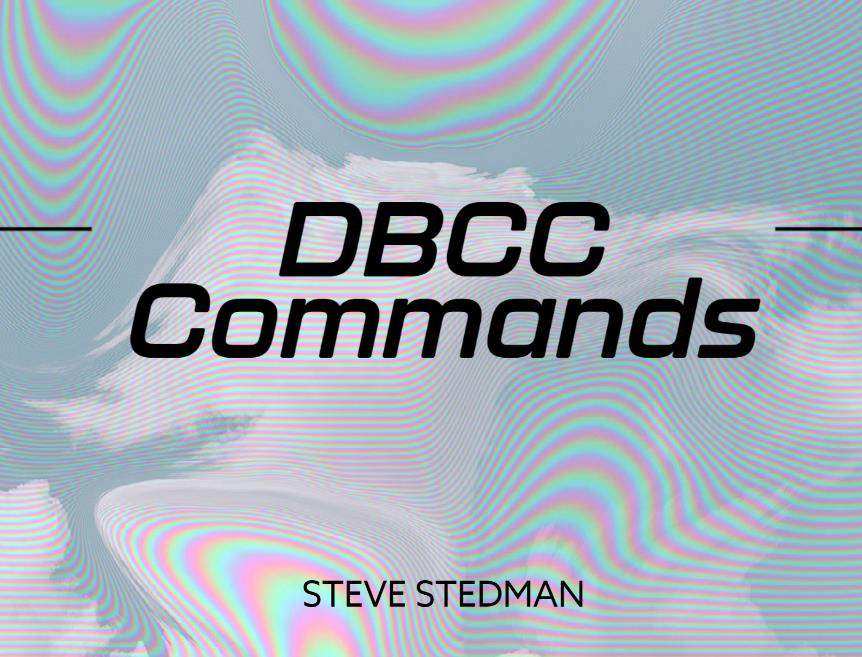DBCC CHECKCONSTRAINTS is a database console command (DBCC) in Microsoft SQL Server that can be used to display information about the CHECKCONSTRAINTS on a table or view in a database. CHECKCONSTRAINTS are used to enforce data integrity in a database by limiting the data that can be inserted or updated in a table.
To use DBCC CHECKCONSTRAINTS, you must specify the name of the database and the name of the table or view you want to display the CHECKCONSTRAINTS for. You can also specify the name of a specific constraint if you want to display information about a specific constraint.
Here is an example of how to use DBCC CHECKCONSTRAINTS to display information about all CHECKCONSTRAINTS on a table:
-- Display information about all CHECKCONSTRAINTS on the "Customers" table in the "MyDatabase" database
DBCC CHECKCONSTRAINTS ('MyDatabase', 'Customers');
The output of DBCC CHECKCONSTRAINTS will include the name, type, and definition of each constraint on the table. It will also include the name of the column or columns the constraint is applied to and the name of the index used to enforce the constraint, if applicable.
It is important to note that DBCC CHECKCONSTRAINTS only displays information about the CHECKCONSTRAINTS on a table. It does not allow you to add, modify, or delete CHECKCONSTRAINTS. To add, modify, or delete CHECKCONSTRAINTS, you can use the ALTER TABLE command.
Need help with this or an of the other DBCC commands? The team at Stedman Solutions, LLC specializes in repairing corrupt databases and heping when things go wrong.
More from Stedman Solutions:

Steve and the team at Stedman Solutions are here for all your SQL Server needs.
Contact us today for your free 30 minute consultation..
We are ready to help!
